Morel mushroom
$200.00 – $800.00
Morel mushroom spores
Wild morel mushrooms spores (Morchella spp.) are a favorite among chefs and dining connoisseurs who crave the delicious meaty flavor. There are as many as 70 species in the genus, but the ones more commonly gathered in the wild are the black morel (Morchella elata), the common morel (Morchella esculenta), and the late morel (Morchella deliciosa).![]()
Hunting for Morel mushroom spores in the spring becomes a sort of mythical quest for those who crave these forest dwellers. The netted brown caps of the low-growing fungi are perfectly camouflaged in their woodland habitat, blending in with the leaf litter and decaying wood that nourishes morels from one season to the next. You don’t need to have access to large tracts of forestland to enjoy morel mushrooms if you grow them at home.![]()
Morel mushrooms for sale
Morel mushrooms, like other fungi, have different cultural needs from traditional vegetables. The visible mushrooms are simply the fruiting bodies of a large underground network of mycelium filaments. It can take three to five years from the time you “seed” the soil with spores until a good colony of mushrooms appears.
This is why wild patches of morel mushrooms are so highly prized. But once the mycelium is established, it can take as little as six days from the time shoots appear until full-sized mushrooms are ready to harvest. Careful observation is a must.![]()
| Botanical Name | Morchella spp. |
| Common Name | Morel mushrooms |
| Plant Type | Sac fungi (mushroom) |
| Size | 2 to 12 inches |
| Sun Exposure | Shade |
| Soil Type | Well-draining loam |
| Soil pH | Slightly acidic to neutral (6.8 to 7.0) |
| Hardiness Zones | 4–9 |
| Native Area | Forested areas throughout the Northern hemisphere |
| Toxicity | Not toxic |
| Quantity | 1 oz, 1/4 Lbs, 1/2 Lbs, 1 Lbs |
|---|
1 review for Morel mushroom
Add a review Cancel reply
Related products
Psilocybin


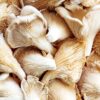
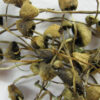
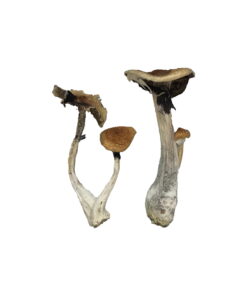
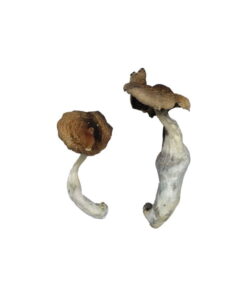

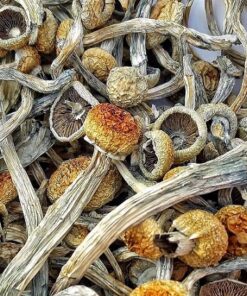
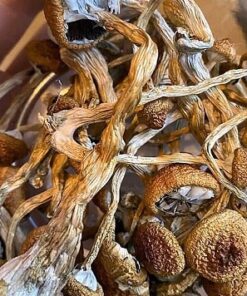
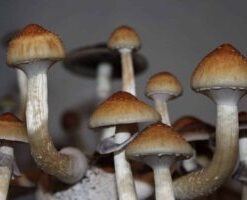
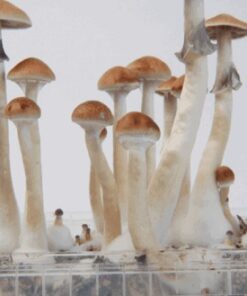
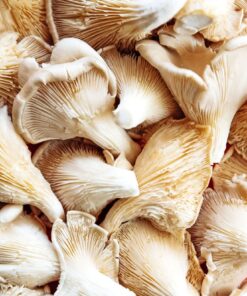
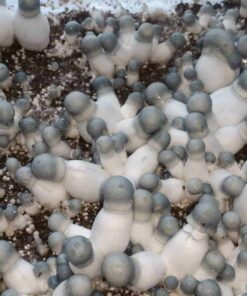
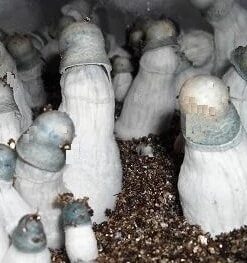
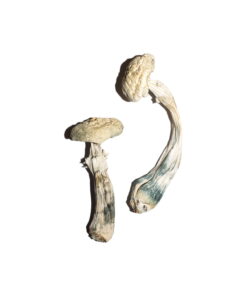
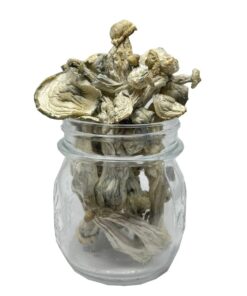
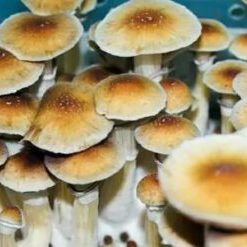
Fred Renita –
Website easy to use. Delivery excellent and products well packaged. My products were even better than I expected. A great experience for me all round. Just received my third order and just as thrilled with these items as I have been with the others